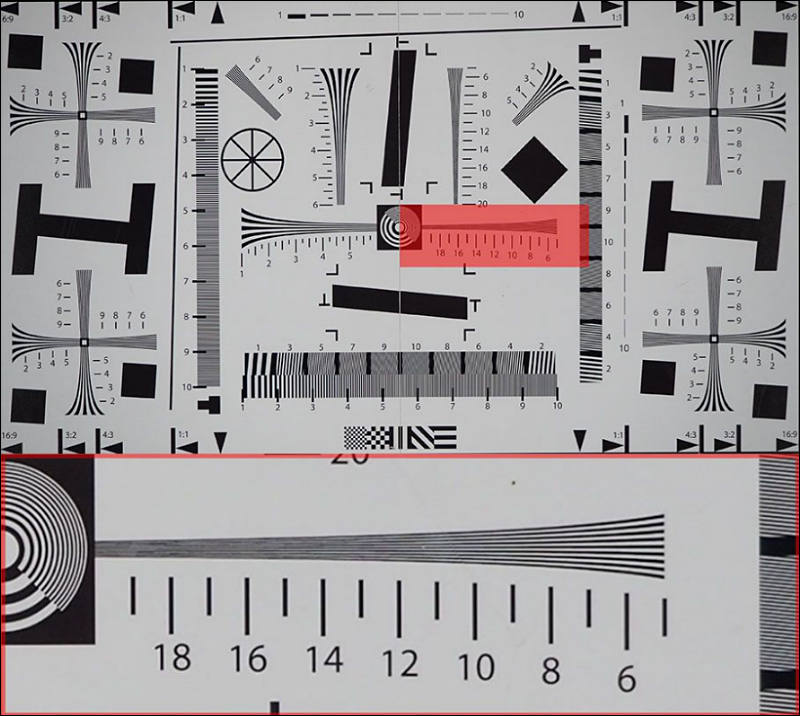
It allows to keep PV going, with more focus towards AI, but keeping be one of the few truly independent places.
-
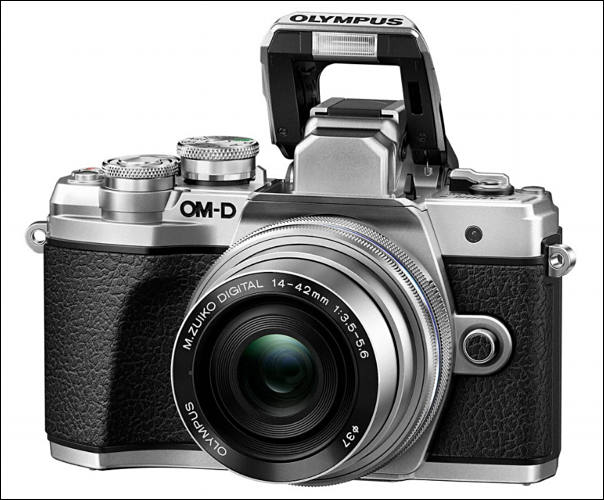
Specs
- 16MP CMOS sensor
- TruePic VIII LSI
- Touchscreen 1040k dots LCD
- Built-in 5-axis sensor-shift image stabilization
- 121 contrast AF points
- 3840 × 2160 (4K) / 30p, 25p, 24p / IPB (approx. 102 Mbps)
- 1920 x 1080 (FHD) / 30p, 25p, 24p / IPB (SF, F, N)
- 1920 x 1080 (FHD) / 60p, 50p / IPB (SF, F, N)
- 1280 x 720 (HD) / 30p, 25p, 24p / IPB (SF, F, N)
- 121AF Contrast points
- EVF OLED 2.36million dots
- UHS-II Support
- Lacks both mic Input and headphone output
- 8,7 pics/sec
- BLS-50 Li-ion battery
- W:121.5mm H:83.6mm D:49.5mm
- 410 g
- Body for $649 at
- 14-42mm EZ kit for $799 at

 s414.jpg677 x 457 - 38K
s414.jpg677 x 457 - 38K
 s546.jpg604 x 500 - 53K
s546.jpg604 x 500 - 53K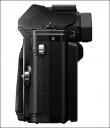
 s547.jpg428 x 500 - 26K
s547.jpg428 x 500 - 26K
 s548.jpg380 x 500 - 29K
s548.jpg380 x 500 - 29K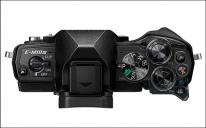
 s549.jpg650 x 404 - 34K
s549.jpg650 x 404 - 34K -
Looks like the UHD 4k mode of the E-M1 MK II.
-
Specs updated
-
Unusually short PR
CENTER VALLEY, Pa., August 31, 2017 — Olympus’ new OM-D E-M10 Mark III is a compact, lightweight, easy-to-use interchangeable lens camera that offers the performance and image quality of the OM-D® lineup to the snapshooter looking to expand their photography. The OM-D E-M10 Mark III includes best-in-class image stabilization compensation performance and the same TruePic VIII Image Processor used in Olympus’ acclaimed flagship OM-D E-M1 Mark II camera. This combination delivers high-quality images even in situations when camera shake typically causes blur, such as night scenes or handheld telephoto shooting.
Consumers looking to step up from their smartphone camera to an interchangeable lens system will instantly benefit from the OM-D E-M10 Mark III’s 5-Axis Image Stabilization. With an image stabilization system built into the camera body, it can provide blur-free images no matter which lens is attached, and can also record crisp, shake-free handheld 4K videos in cinemalike quality.
The camera is compact and lightweight to easily be taken anywhere to capture and share standout, like-worthy images on social media. Designed for ease of use, both in form and functionality, the grip rests nicely in the hand, and buttons and dials are thoughtfully positioned for effortless operation. The body is equipped with a variety of features for different shooting styles and situations, including a high-resolution electronic viewfinder, a tilting rear LCD monitor with touch controls similar to a smartphone and a built-in flash.
First-time interchangeable lens camera users benefit from four shooting assist modes to capture brilliant images right out of the box. The intelligent AUTO Mode detects the shooting scene, subject, camera movement and light transmitted through the lens, then automatically chooses the optimal settings. The other assist modes include Scene Mode (SCN), Advanced Photo Mode (AP), and Art Filter Mode (ART), each of which appear on the mode dial alongside AUTO Mode for easy access.
The Touch AF shutter, which now takes advantage of 121 autofocus points, allows users to choose the precise area of focus and trip the shutter simply by touching the LCD screen. Continuous AF (C-AF) Mode maintains focus on moving subjects when the shutter is pressed halfway.
The OM-D E-M10 Mark III is equipped with built-in Wi-Fi®, which can be used in conjunction with the Olympus Image Share (OI.Share®) app to easily connect to a smart device and wirelessly transfer images for quick editing and uploading to social media.
Pricing and Availability
The Olympus OM-D E-M10 Mark III will be available in a black and silver body or black body beginning in late September with an estimated street price of $649.99 USD/$799.99 CAD (body only) and $799.99 USD/$999.99 CAD (M.Zuiko 14–42mm EZ Lens kit). For a complete list of specifications, visit the Olympus website: http://getolympus.com/digitalcameras/omd/e-m10-mark-iii.html.
-

 s551.jpg800 x 552 - 65K
s551.jpg800 x 552 - 65K -

 s552.jpg800 x 568 - 93K
s552.jpg800 x 568 - 93K -

 s554.jpg800 x 594 - 75K
s554.jpg800 x 594 - 75K -
Field test

https://www.bhphotovideo.com/explora/photography/hands-review/field-test-olympus-om-d-e-m10-mk-iii/

 s555.jpg800 x 611 - 82K
s555.jpg800 x 611 - 82K -
Genuine leather body jacket
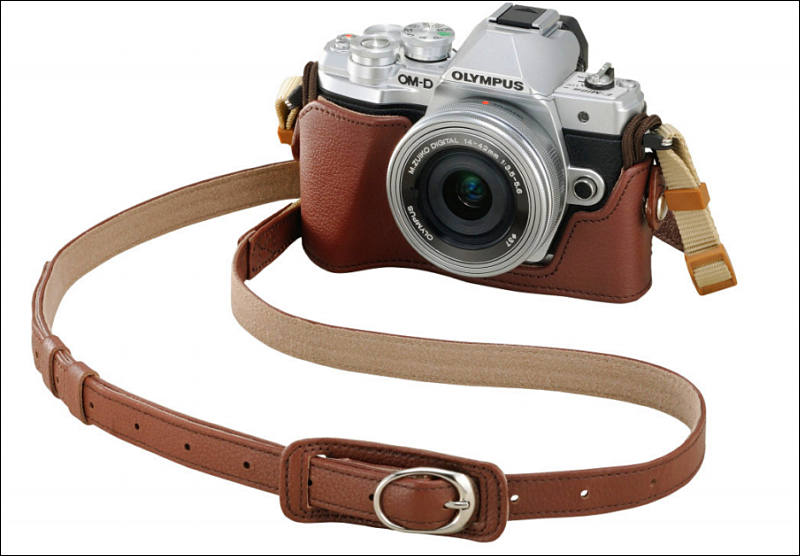
-
VK, you may need to delete Mic Input from this spec list, I can't seem to find one anywhere.
-
Mine god. You are right. This idiots did not even add it.
Even more reasons to buy Yi M1. -
E-M10 MKII probably canibalized a lot of sales from the E-M5 MKII - was 90% of the bigger model for much less money.
The result was expected: E-M10 MKIII with older sensor and a lot of cripples - no more wireless RC, fixed D-Pad functions, bracketing only in Auto mode (???), no more external optional grip, lots of customization removed from buttons...
-
Nothing personal, just business.
-

 s599.jpg800 x 569 - 52K
s599.jpg800 x 569 - 52K -
More samples
-

 s632.jpg800 x 631 - 82K
s632.jpg800 x 631 - 82K -
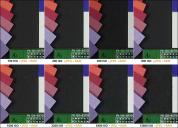
 s658.jpg800 x 576 - 71K
s658.jpg800 x 576 - 71K -

 s693.jpg800 x 429 - 30K
s693.jpg800 x 429 - 30K -
Review

The E-M10 Mark III records 4K (UHD) video at around 100mbps, and a minutes video is roughly 800MB in size, so if you plan on recording a lot of 4K video, then a large memory card is recommended. In-camera 5-axis sensor based image stabilization means you can record 4K or FullHD video handheld, and still get smooth video. This works with any lens attached to the camera.
https://www.ephotozine.com/article/olympus-om-d-e-m10-mark-iii-full-review-31358

 s851.jpg800 x 593 - 89K
s851.jpg800 x 593 - 89K -
Review
The faster processor enables the Mark II to support 4K movie recording, although not at the 'professional' level of the E-M1 Mark II. As mentioned above, you can't select the various movie shooting options via the camera's menu, which is a pity and can lead to confusion if you're a regular OM-D camera user. The top resolution is 3820 x 2160 pixels with a frame rate of 25 fps for PAL system users (30 fps for NTSC users).
The remaining movie options include Full HD at 1920 x 1080 pixels with frame rates of 50p and 25p for PAL system users and HD at 1280 x 720 pixels with a frame rate of 25p. There's also a slow-motion mode at HD resolution with a frame rate of 100p.
Autofocusing remains contrast-based, which means the camera has to re-acquire focus whenever you zoom in or out or change the view of the scene. We found the review camera would take up to a second to re-focus in these situations, particularly if it also had to re-adjust the exposure to changing subject brightness.
-

 s951.jpg800 x 716 - 86K
s951.jpg800 x 716 - 86K
Howdy, Stranger!
It looks like you're new here. If you want to get involved, click one of these buttons!
Categories
- Topics List23,964
- Blog5,723
- General and News1,342
- Hacks and Patches1,151
- ↳ Top Settings33
- ↳ Beginners254
- ↳ Archives402
- ↳ Hacks News and Development56
- Cameras2,361
- ↳ Panasonic990
- ↳ Canon118
- ↳ Sony154
- ↳ Nikon96
- ↳ Pentax and Samsung70
- ↳ Olympus and Fujifilm99
- ↳ Compacts and Camcorders299
- ↳ Smartphones for video97
- ↳ Pro Video Cameras191
- ↳ BlackMagic and other raw cameras121
- Skill1,961
- ↳ Business and distribution66
- ↳ Preparation, scripts and legal38
- ↳ Art149
- ↳ Import, Convert, Exporting291
- ↳ Editors191
- ↳ Effects and stunts115
- ↳ Color grading197
- ↳ Sound and Music280
- ↳ Lighting96
- ↳ Software and storage tips267
- Gear5,414
- ↳ Filters, Adapters, Matte boxes344
- ↳ Lenses1,579
- ↳ Follow focus and gears93
- ↳ Sound498
- ↳ Lighting gear314
- ↳ Camera movement230
- ↳ Gimbals and copters302
- ↳ Rigs and related stuff272
- ↳ Power solutions83
- ↳ Monitors and viewfinders339
- ↳ Tripods and fluid heads139
- ↳ Storage286
- ↳ Computers and studio gear560
- ↳ VR and 3D248
- Showcase1,859
- Marketplace2,834
- Offtopic1,319











